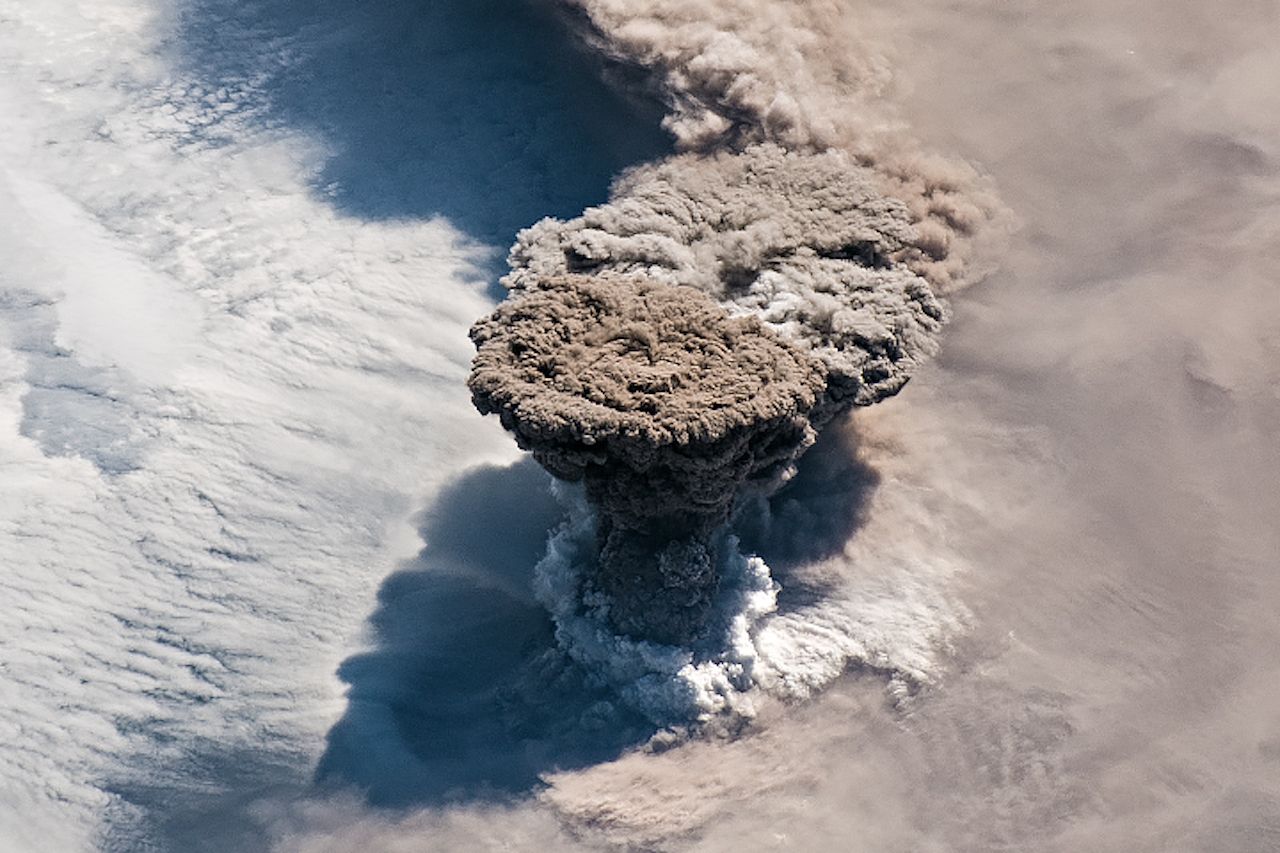The breathtaking landscapes of Russia are punctuated by its remarkable geological features, among which volcanoes stand as a testament to the Earth’s fiery core. With over 200 volcanoes dotting the Russian terrain, many are situated in the Kamchatka Peninsula, an area recognized as one of the world’s most active volcanic regions. Yet, despite their awe-inspiring beauty, these towering giants pose intriguing questions. How much do we understand the seismic forces at play beneath our feet?
To truly appreciate the complexity of Russian volcanoes, one must delve into their volcanic history, the varied types they encompass, and the potential hazards they present. The diverse range of volcanic activity includes shield volcanoes, strato-volcanoes, and lava domes, each with unique formations and eruption patterns. Notably, volcanoes like Klyuchevskaya Sopka and Shiveluch are both iconic and perilous, exhibiting an intricate dance of lava, ash, and gases that can blanket nearby regions in minutes.
Russian volcanoes are not merely geological curiosities; they are ecosystems that support a wealth of biodiversity. The nutrient-rich ash from eruptions contributes to fertile soils, fostering lush vegetation and habitats for various wildlife. However, this same ash can also disrupt air travel and displace communities, presenting an ongoing challenge for both scientists and local populations. How can safety protocols be enhanced to protect residents from sudden eruptions while still preserving the lush environment these giants nurture?
Additionally, with climate change significantly affecting global weather patterns, the role of volcanic eruptions in these changes cannot be overlooked. Eruptions can influence atmospheric conditions, leading to altered precipitation patterns across vast regions. Understanding these interactions is crucial. How can researchers better integrate geological studies with climate science to mitigate the implications of eruptions on our changing climate?
Moreover, the technological advances in monitoring volcanic activity have improved our capacity to predict eruptions, yet challenges persist. High-resolution satellite imagery and ground-based sensors are invaluable tools, but can they provide adequate warnings for densely populated areas? The interplay of nature, technology, and human life teeters on the brink of unpredictability, rendering the quest for knowledge both exhilarating and concerning.
In conclusion, Russian volcanoes symbolize both the awe of nature’s grandeur and the persistent challenges that come with living in the shadow of such formidable forces. As exploration continues, the level of understanding and preparedness for the implications of volcanic activity remains a paramount concern. How we respond to these geological wonders will determine not only our safety but also our relationship with the dynamic planet we inhabit.
